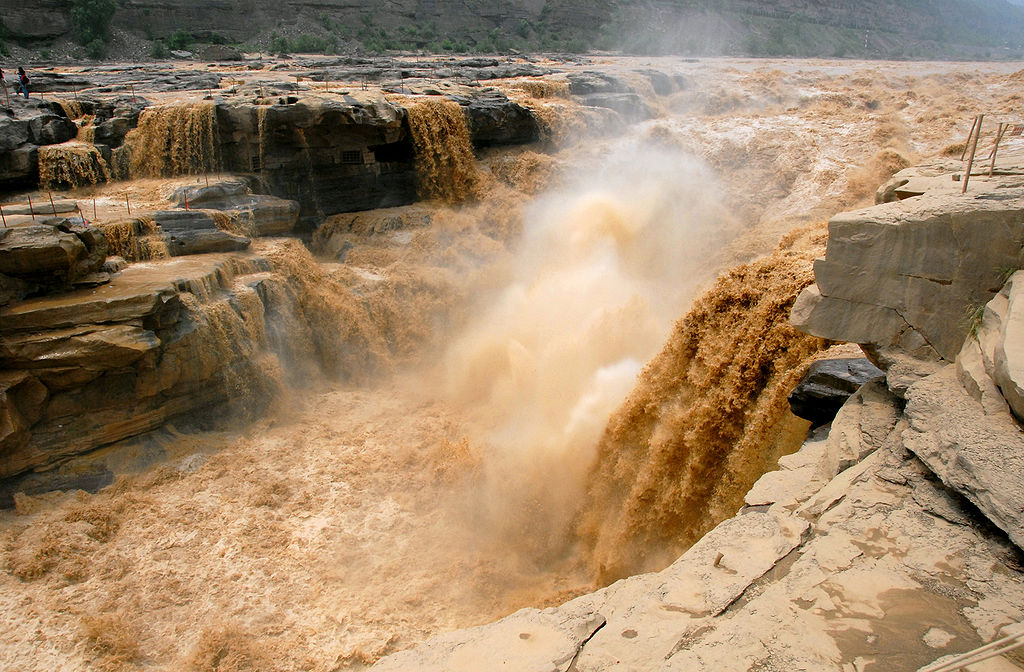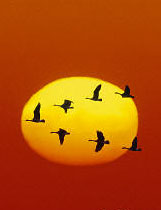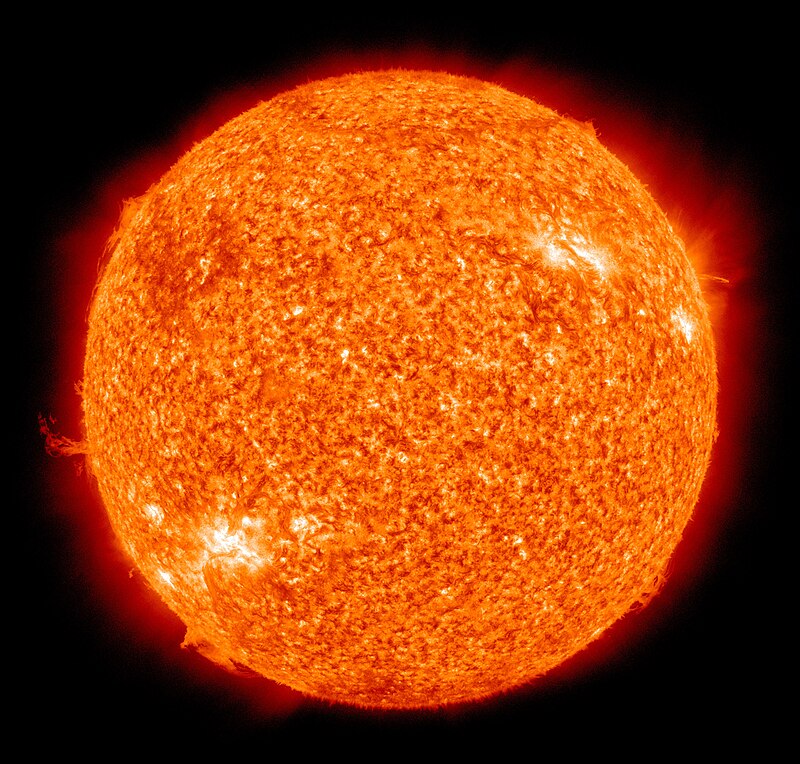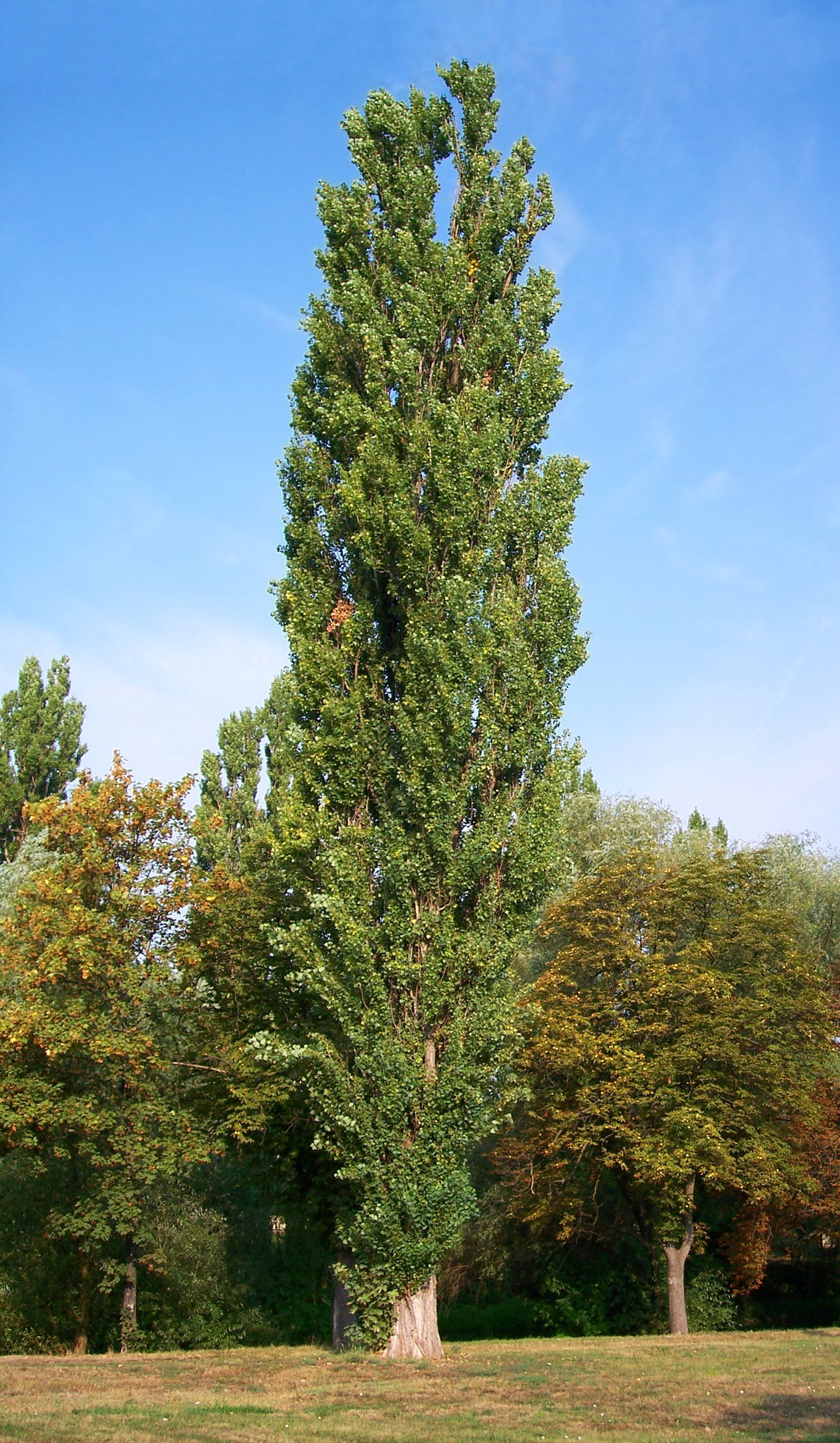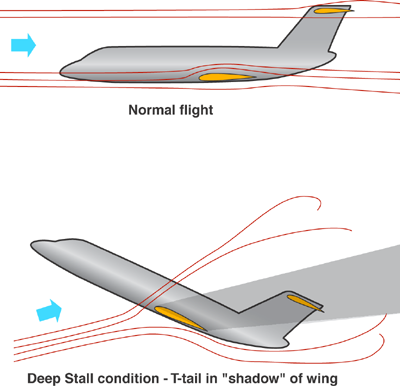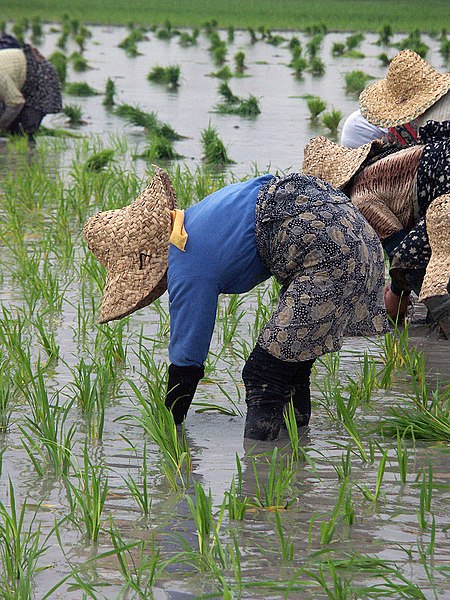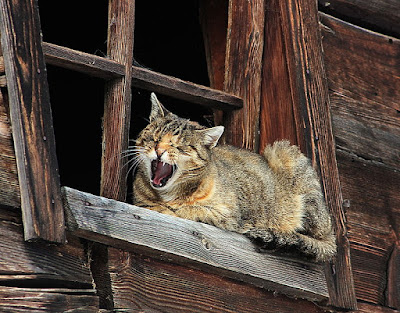CorporateNature Metaphor Series, No 98
"Life isn't about finding yourself. Life is about creating yourself" - George Bernard Shaw said. This highlights the imporant distinction between thinking and doing.
Many people believe the key to success in entrepreneurship is coming up with a great idea: a sesame seed that you find after sifting through tonnes of hay. The sesame seed (or a poppy seed) is also at the centre of PhD dissertations, as doctoral students are discouraged by their supervisors from taking on too big a topic.
A tiny novel idea may be deemed enough in academia. Yet, the metaphor about the sesame seed is far from sufficient in entrepreneurship. The success of a startup is not that dependent on the sesame seed. A more useful metaphor for running a startup is grinding down a hot poker into a pin. In simple terms, execution trumps ideation.
Startup guru Guy Kawasaki demonstrates the importance of execution for a startup with the following scale:
- An idea is worth 1 point;
- A business plan is worth 10 points;
- A developed product is worth 100 points;
- And the first customer is worth 1,000 points
Relentless execution is the key for hammering the hot poker into a pin. The heat makes the poker tricky to handle but also makes it malleable: strike while the iron is hot. The only thing worse than a hot poker is a cold poker, as grinding a cold poker into a pin would be way more difficult.
How would you know if your startup is a hot or a cold poker in its base? Hot pokers change their shape after each strike of the hammer - a process known as iteration. Cold pokers don't iterate and as a result they end up as cold pokers, just as they started... whereas many of the hot pokers will eventually turn into pins.
 |
| Pin (Source: Wikipedia) |
